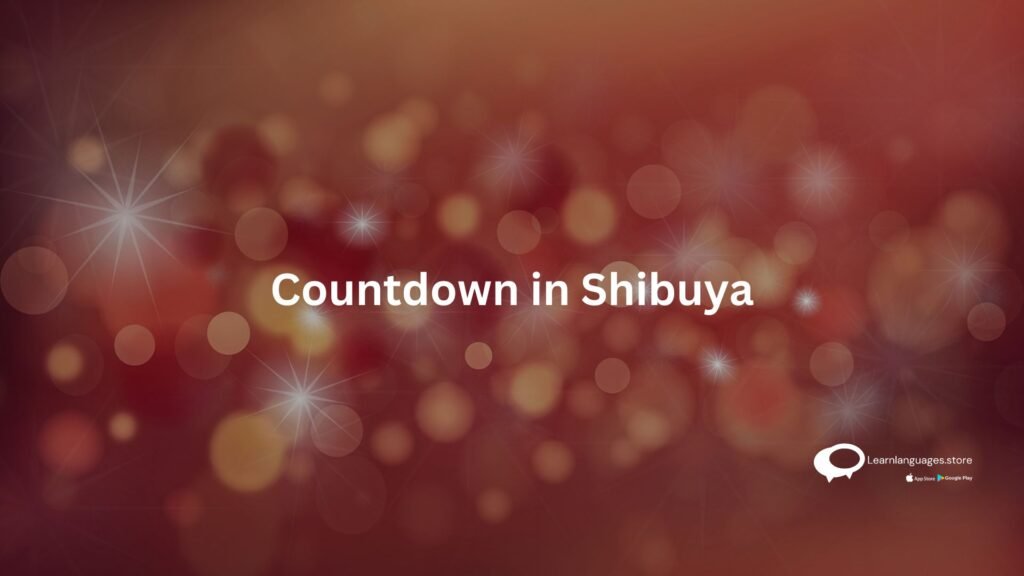<strong>Japanese New Year Events</strong>
Japanese New Year Events
Have you ever wondered why the Japanese New Year is seen as such a big deal in Japan?
Japan should continue to be at the top of your travel bucket list for Christmas and New Year’s. Even while it might not be as well-known as spending Christmas in New York, it is nevertheless a must-visit location in the next year.
Japan adopted the Gregorian calendar in 1873 and began observing the new year on January 1. On this day, family interaction is prioritized, and a variety of Japanese dishes and beverages are prepared all day long. They prepare various foods and beverages that have symbolic meanings and participate in festivities.

A Synopsis of Japanese New Year History
In Japan, the first three days of the year are known as Shogatsu (New Year). The idea behind it is that for this year to be productive, people should thank the gods of the new year and seek their blessings. Because of this, they view it as an annual occasion, and countless additional celebrations are planned nationwide on this day.

Japan’s New Year Customs
All establishments—businesses, schools, and institutions—remain closed on the first day of the new year. As part of this tradition, kids take part in a variety of activities and festivities.
NEW YEAR’s EVE
The night before the new year is known as “Omisoka” in Japan (). It is celebrated on December 31, which is also the year’s end. Japanese folks start cleaning their homes completely as soon as the new year arrives. It is generally acknowledged that the objective is to welcome God and receive his benefits. Additionally, they believe that God will bestow them with additional favors if their home is maintained neat and clean on this day.
On New Year’s Eve, people in Japan make traditional foods like kagami mochi and use them to decorate their homes. It is made of rice cakes stacked on top of Japanese oranges. It is said that the God of the New Testament appeared on this plate.
Japanese New Year Events

Otoshidama
According to the custom of otoshidama, family elders give money to children. In Japan, it is a customary New Year’s tradition. Children typically receive $10 to $100 as Otoshidama as part of the custom.
Hatsumode
First is hatsu, and praying is manner. According to Hatsumode’s definition, people should visit temples or shrines to perform worship on the first day of the new year.
In Japan, a lot of people attend the event. Numerous shrines across the country fill up during this time. Near the different shrines, which are each dedicated to a different God, there are many shops and stands.
Uta Kuhao Gaseen
“Red and White Song Battle” is what Kuhao Uta Gaseen is called. On the first night of the year, families and friends frequently watch this program.
Red and white are the two participating teams. The white team is made up of male artists, while the red team is made up of female artists. Both groups put on well-known singing performances, and the judges and audience vote to choose the victor of the competition.
Joya Na Kane
Before the new year, Joya Na Kane is an occasion when people ring temple bells 108 times. For years to come, it is thought to lead to regeneration in people’s lives. In many shrines, people partake in this ritual and make prayers for financial prosperity.
Hatsuhinode
Hatsuhinode is the custom of seeing the first sunrise of the year to ask God for blessings. Japanese people think this is when Toshigami Sama, the new year god emerges.
Ekiden
The Ekiden race takes place every year in Japan. Messengers used to spend a lot of time racing from one place to another during the Edo period (1603–1868). This practice is the basis for this relay event.
Participants don Tasuki, a particular kind of sash that is portrayed as a symbol of persistence. In addition, the 42.195 km race, which begins and ends in Tokyo, goes from Tokyo to Hakone.
Greeting Ceremony
The “Greeting ceremony” is a traditional activity held at the Imperial palace. The emperor and empress exchange new year’s wishes with one another as a ritual. All other members also wish one another. The president, vice president, prime minister, and other representatives attend this ceremony along with other state leaders.
Shibuya Countdown
Countdown parties have always been part of the new year celebrations. One such celebration is the Shibuya countdown. Thousands of people gather there to experience the live countdown for the new year.
Aqua Park Countdown
Aqua Park is a place where you can observe the water countdown show. It’s a rather unique show which includes music, various activities, and dancing performances by swimmers.
Tokyo Silvester Concert Music Events
There will be a ballet performance and an orchestral show at Tokyo Silvester’s concert. It is a must-see event for anyone who likes music and wants to see some great classical performances.
Conclusion
The Japanese new year and its celebrations give a lively start to the upcoming year. It provides a fresh start to all parts of people’s lives and encourages them to leave the past behind and embark on a new path.
So what are you waiting for? With the new year around the corner, it is time for you to make plans to celebrate it in Japan!

Countdown in Shibuya
Parties to ring in the new year have long included countdowns. The Shibuya countdown is one such event. Numerous people congregate there to watch the live countdown to the new year.
Countdown to Aqua Park
A location where you can see the water countdown spectacle is Aqua Park. It’s a fairly original presentation that combines dancing by swimmers, music, and numerous activities.
Learn Languages Store
Vashi,
Email: services@learnlanguages.store










